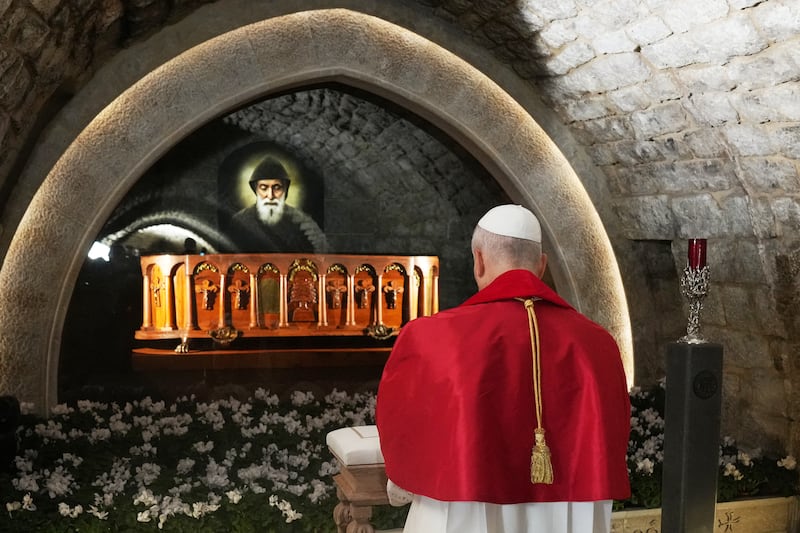You may have heard that California is experiencing a period of exceptional drought, but living in Santa Barbara, a wealthy resort town a few hours north of Los Angeles, you’d barely realise.
Last August, a study led by a professor at Columbia University concluded for the first time that, while most of this historic drought is due to natural climate variability, 15-20 per cent is as a result of human-induced climate change.
There is no doubt that this drought is bad, and is having serious consequences across the Golden State, particularly in the agricultural Central Valley.
On the rare occasions it does rain here, it makes the front page of the LA Times. It's a bit like the obligatory photo of bathers at the Forty Foot that appears on the front page of The Irish Times, on that one sunny day in May the Irish call summer.
The local Santa Barbara reservoir, Lake Cachuma, is down to 15.5 per cent of its capacity. I visited there recently for the first time in a year and the water level has dropped frighteningly low. What shows up as water on Google Maps in reality is just sandy lake bottom covered in weeds. The docks are completely exposed and new pathways have been built to allow people to reach their boats that bob on the little water that remains.
In this drought, Santa Barbara has been a poster-child for water conservation efforts in the state.
Perhaps that’s not surprising: the massive 1969 oil spill off the Santa Barbara coast, which pumped 3 million gallons of crude oil into the Pacific, was the impetus for the birth of the modern environmental movement, and inspired the establishment of Earth Day in 1970. Since then, it has remained an environmentally conscious enclave, sharply contrasting with water-hungry residents of moneyed areas like Bel Air in Los Angeles.
The city of Santa Barbara has been leading the way in terms of reducing water consumption. Back in April, while the whole state of California only managed to reduce consumption by 13.5 per cent, Santa Barbara’s reduction was 28 per cent.
Although Santa Barbara residents have had to reduce water consumption by a quarter, in reality the changes are minimal.
Some of the restrictions seem almost laughable: washing pavements is now prohibited; pools and hot-tubs that are not in use must be fitted with a cover; and in restaurants, glasses of tap water will only be served on request.
Personally, I’ve experienced few big changes to everyday living. The city is being forced to tap into ground-water supplies, so the drinking water tastes and smells bad, a bit like rotting food. It’s not unsafe, but I’ve switched to buying gallons of filtered water at the supermarket.
I recently heard climate scientist Bill Patzert of Nasa’s Jet Propulsion Laboratory in Los Angeles speak about the drought, and I’ve taken his sage words of advice to heart: “If it’s brown, flush it down. If it’s yellow, let it mellow.”
Selena Daly moved to Santa Barbara in October 2014. She is a Fulbright Scholar and Irish Research Council Post-Doctoral Fellow (Department of French and Italian) at the University of California, Santa Barbara
















